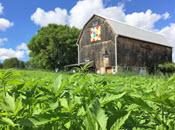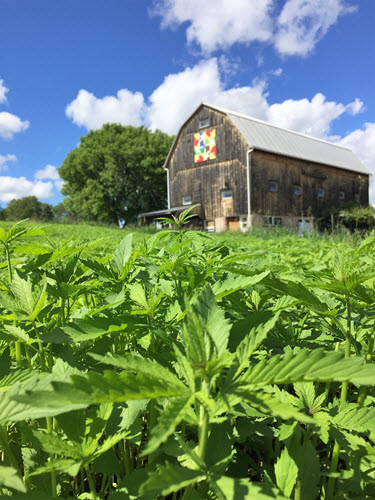
Highlighting the crop’s uses and abuses
By Nicholas Van Allen
Hemp has different uses and it’s incorporated into some products you might not have considered.
Nutritionists and health experts prominently note hemp’s benefits to Canadian diets: hemp seed is a rich source of both protein and healthy fats. “Two tablespoons of shelled hemp seeds can contain between seven and 11 grams of protein,” and are a source of dietary fibre, EatRight Ontario says.
For centuries, processors have used hemp fibre to make rope, twine, canvas and paper. During the colonial period, both Britain and France encouraged farmers in Canada to cultivate the crop.
Today, researchers say hemp can be used as insulation or mixed with lime for concrete; its oil is used in cosmetic products. Hemp fibre can even be used in automotive-related composites where the hemp serves as an inexpensive reinforcing material.

Photo credit: Hempoloa Farm photo
Hemp’s prohibited status began in Canada in the late 1930s. The Opium and Narcotic Drug Act barred the use of THC (tetrahydrocannabinol) as a psychotropic drug. (THC is found in marijuana.)
It wasn’t until the 1990s that the country began growing industrial hemp again for purposes other than research. Any hemp grown in Canada today, though, must “be of a pedigree status, as defined in subsection 2(2) of the Seeds Regulations,” says a Government of Canada website. BF



Post new comment